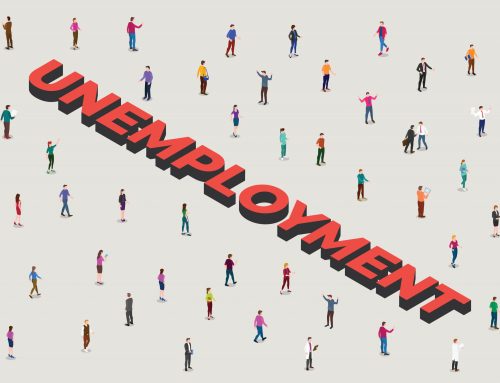What middle-income countries can learn from America’s innovation system
Middle-income countries looking to attain high-income status often draw inspiration from the American model. In the latest World Development Report, we highlight three lessons from the American innovation model that can be helpful for middle-income countries.
First, think big: innovation today is dominated not by garage tinkerers but by large, established firms.
The traditional narrative of American innovation has involved the ideas of “creative destruction” championed by Joseph Schumpeter. In this model, new entrants, small firms, and individual inventors are instrumental in driving technological progress. Think of the iconic image of the lone entrepreneur in a garage, tinkering with a revolutionary idea. This model, however, is increasingly outdated. We point to a new reality: established firms, with their scale, resources, and access to talent, are now the dominant force in innovation.
The landscape of innovation in the United States has been transformed—from one dominated by individual inventors to one in which large corporations account for the majority of patents filed. This shift reflects the increasing complexity of modern technologies, which require significant investment and expertise that individual entrepreneurs often lack.
This shift comes with advantages and disadvantages. Large firms can leverage their resources to invest in research and development, leading to faster innovation and broader adoption of new technologies. They can also attract and retain top talent, fostering a culture of innovation within their organizations. Yet this shift can also lead to a concentration of market power and stifle competition. The dominance of large firms can create barriers to entry for new players, hindering the emergence of new technologies and potentially slowing overall innovation.
Second, attract and nurture talent—wherever it can be found.
The United States has made great strides in developing and rewarding skills for all in the workforce. More than a third of the growth in the United States that occurred between 1960 and 2010 is attributed to decreasing racial and gender discrimination in education and the labor market. Moreover, technology sectors in the United States with a high concentration of immigrant inventors between 1880 and 1940 experienced accelerated growth through 2000.
Acquiring advanced skills is usually a costly proposition. People who make the necessary investment do so with the expectation that the rewards will be significant. In developing economies, those rewards might not be found at home. In middle-income countries, 10 percent of highly skilled workers emigrate, with high-level skills in greater demand in Western Europe and North America. Such emigration can serve as an opportunity for the origin country so long as high-skilled emigrants remain connected to the origin country. Middle-income countries can tap into the knowledge and know-how of their diaspora.
Figure 2. Countries with large, successful diasporas have the highest potential for knowledge transfers

Source: WDR 2024 team.
Third, build a market for diffusing innovation.
The secondary market for innovations (such as patent resale or licensing) is just as important as innovation itself. In the United States, this market played an outsized role Between 1870 and 1910, inventors increasingly sought the services of the more than 500 specialized registered patent agents nationwide to navigate the intricacies of patent-related transactions.
Such markets for diffusing global innovations are underdeveloped in middle-income countries (see figure below). The new World Development Report documents that less than 10 percent of firms in middle-income countries such as the Arab Republic of Egypt, India, and Tunisia use licensed technology. Even in somewhat wealthier economies, such as Croatia and Türkiye, only 20 percent of firms engage in licensing.
Diffusing innovation calls for public policy that promotes competition, protects intellectual property, and opens up access to capital for innovative ventures. This includes streamlining regulations, fostering a culture of transparency and accountability, and ensuring a level playing field for all players—entrants as well as incumbents.
Figure 3, Foreign technology licensing is limited among middle-income country firms

Source: Cirera and Maloney (2017) based on data from WBES (World Bank Enterprise Surveys) (dashboard), World Bank, Washington, DC, https://www.enterprisesurveys.org/en/enterprisesurveys.
Note: For country abbreviations (except KSV, here representing Kosovo), see International Organization for Standardization (ISO), https://www.iso.org/obp/ui/#search. GDP = gross domestic product.
Today’s middle-income countries face challenges far more formidable than the United States did when it was a middle-income country—aging populations, high debt, and climate change, among them. Yet progress is still within their capacity. A key step would be to heed the lessons of the United States and adapt them to local circumstances.
Source: World Bank BLOGS- by Ufuk Akcigit Somik Lall
Legal Notice: The information in this article is intended for information purposes only. It is not intended for professional information purposes specific to a person or an institution. Every institution has different requirements because of its own circumstances even though they bear a resemblance to each other. Consequently, it is your interest to consult on an expert before taking a decision based on information stated in this article and putting into practice. Neither Karen Audit nor related person or institutions are not responsible for any damages or losses that might occur in consequence of the use of the information in this article by private or formal, real or legal person and institutions.






